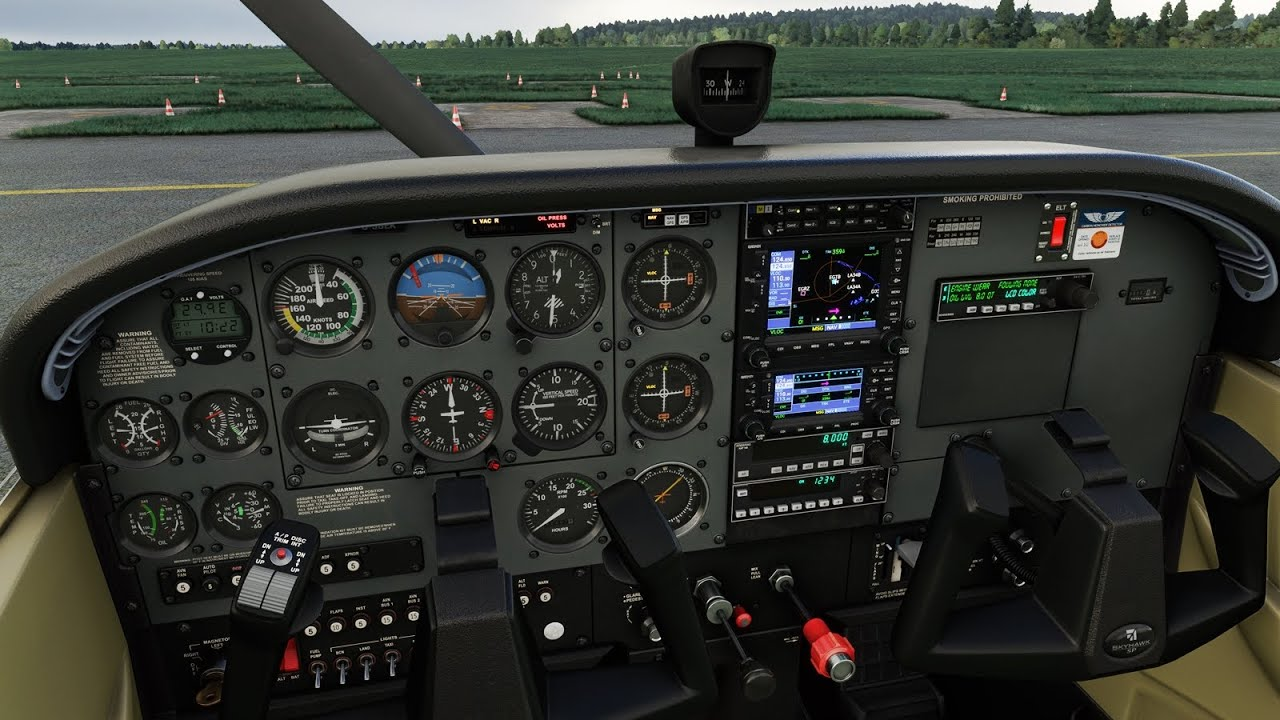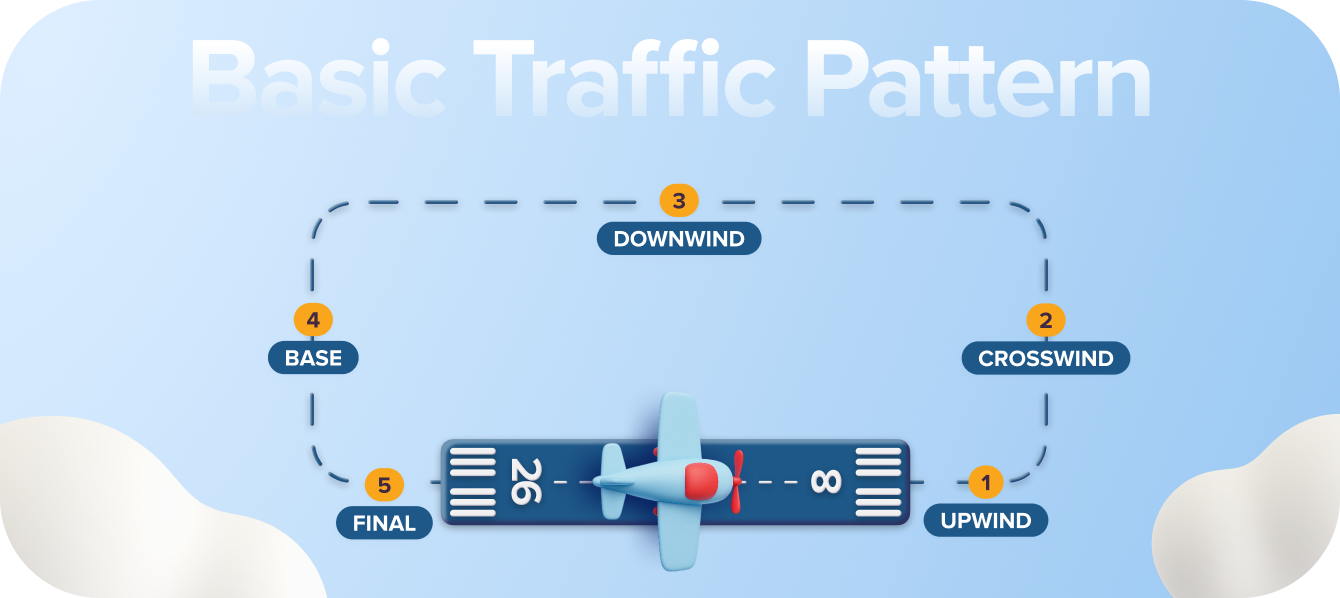Top 10 AIRAF Exam Questions for Flight Instructor Rating
Most commercial pilots can fly to a high standard, but can you teach it? The AIRAF exam is notorious not for the aviation facts, but for testing your ability to analyze student errors and apply psychology in the cockpit.
We’ve compiled 10 'must-know' questions that trip up new instructor candidates.
This written test assesses not only your aviation knowledge but also your ability to teach effectively—understanding how people learn, how to evaluate students, and how to meet Transport Canada’s training standards.
Below are 10 common AIRAF-style questions and explanations to help you become familiar with the exam format and the type of reasoning it requires.
🎥 Watch the full breakdown here:
What Is the AIRAF Exam?
The AIRAF (Flight Instructor Rating – Aeroplane) exam is administered by Transport Canada Civil Aviation (TCCA) and is required to obtain a Class 4 Flight Instructor Rating.
-
Format: 100 multiple-choice questions
-
Duration: 3 hours
-
Passing Score: 70 percent
-
Validity: 24 months (you must complete your flight test within this period)
Passing both the AIRAF written exam and the flight instructor test allows you to begin teaching students while building Pilot-in-Command (PIC) hours toward your Airline Transport Pilot Licence (ATPL).
Top 10 AIRAF Exam Questions and Explanations
Below are ten representative questions similar to what you may encounter on the official AIRAF exam.
1. Human Factors – G-Forces and Vision
Question:
If a pilot experiences positive G-forces and has complete loss of vision but remains conscious, the pilot is likely experiencing:
A) Grey-out
B) Black-out
C) Red-out
D) G-Lock
Answer: B) Black-out
Explanation: High positive G-forces reduce blood flow to the brain and eyes, causing temporary vision loss while the pilot remains conscious.
2. Flight Operations – Rate of Turn

Question:
At a true airspeed of 110 knots, approximately what bank angle is required to achieve a standard-rate (rate-one) turn?
A) 15°
B) 16°
C) 18°
D) 20°
Answer: C) 18°
Explanation: Use the formula Bank = (TAS ÷ 10) + 7. At 110 knots, (110 ÷ 10) + 7 = 18°.
3. Air Law – Exam Recommendation Validity
Question:
What is the validity period of a letter of recommendation for the written exam?
A) 30 days
B) 45 days
C) 60 days
D) 90 days
Answer: C) 60 days
Explanation: An instructor’s written recommendation for the AIRAF exam remains valid for 60 days from its date of issue.
4. Air Law – Instructor Performance Review

Question:
When will follow-up action be initiated by Transport Canada concerning a flight instructor’s test record?
A) More than two student failures out of ten
B) More than three student failures out of ten
C) After five student failures out of ten
D) Whenever TC chooses to audit
Answer: B) After three failures out of ten
Explanation: If more than three of an instructor’s last ten recommended students fail, Transport Canada reviews the instructor’s performance and may require additional training. (i.e., 4 failures triggers the review).
5. Aeronautical Subjects – Managing Descent and Speed
Question:
To increase speed from 85 knots to 100 knots while maintaining a 500 fpm rate of descent, a pilot should:
A) Reduce power and lower pitch
B) Increase power and lower pitch
C) Reduce power and raise pitch
D) Increase power and raise pitch
Answer: B) Increase power and lower pitch
Explanation: To maintain a constant rate of descent while increasing airspeed, power must be added and the pitch lowered slightly.
6. Flight Test Standards – Error Classification
Question:
What best defines a minor error in flight performance?
A) A deviation requiring instructor intervention
B) A deviation affecting flight safety
C) A deviation not affecting safety or requiring correction
D) A critical mistake causing test failure
Answer: C) A deviation not affecting safety or requiring correction
Explanation: Transport Canada classifies errors as minor, major, or critical depending on their impact and required response.
7. Fundamentals of Instructing – Recency Principle
Question:
Which classroom strategy supports the principle of recency?
A) Begin with complex topics
B) Review key points at the end of the lesson
C) Test students before teaching content
D) Deliver long lectures without breaks
Answer: B) Review key points at the end of the lesson
Explanation: Students retain information best when it’s reinforced at the end of a lesson.
8. Fundamentals of Instructing – Performance Analysis
Question:
What is the recommended approach for analyzing student performance during flight?
A) List all errors made
B) Identify one major weakness only
C) Emphasize strengths and one main weakness with improvement tips
D) Avoid any critique to build confidence
Answer: C) Emphasize strengths and one main weakness with improvement tips
Explanation: Balanced, constructive feedback builds confidence and targets specific improvement areas.
9. Aircraft Systems – Downwind Turn Effects

Question:
When turning into a downwind in circuit, a pilot may experience:
A) Higher IAS and lower groundspeed
B) Lower IAS and higher groundspeed
C) No change in either
D) Immediate lift increase
Answer: B) Lower IAS and higher groundspeed
Explanation: This is primarily a visual illusion. As you turn downwind, your groundspeed increases rapidly. Pilots often subconsciously pull back on the stick to 'slow down' relative to the ground, which causes the Indicated Airspeed (IAS) to drop. (Note: In a steady air mass, wind alone does not aerodynamically change IAS).
10. Flight Operations – Navigation Accuracy
Question:
According to the PPL flight-test standard, applicants must update headings within () minutes to correct a track error and maintain within () nautical miles of route.
A) 3 minutes / 1 NM
B) 5 minutes / 2 NM
C) 10 minutes / 3 NM
D) 15 minutes / 5 NM
Answer: B) 5 minutes / 2 NM
Explanation: Frequent navigation updates maintain positional accuracy and demonstrate situational awareness.
How to Prepare for the AIRAF Exam
Step 1 – Study Transport Canada Materials
Start with the official Study and Reference Guide for Written Examinations – Flight Instructor Rating (Aeroplane) – TP 15219 available at:
https://tc.canada.ca/en/aviation/publications/study-reference-guide-written-examinations-flight-instructor-rating-aeroplane-tp-15219
This guide outlines all required subject areas, learning objectives, and references approved by Transport Canada.
Step 2 – Use Practice Exams
Practice tests help you measure your understanding and get comfortable with Transport Canada’s question style.
Step 3 – Enroll in a Structured Course
Join a dedicated AIRAF exam preparation program for updated material, live instructor support, and mock exams. You can find ours here:
https://courses.www.pilotdmello.com/airaf-flight-instructor-exam-prep
Final Thoughts
The AIRAF exam is designed to ensure you not only understand flight theory but can teach it effectively and safely. By studying these types of questions and focusing on instructional principles, you’ll be ready to pass on your first attempt and begin your career as a Transport Canada-certified flight instructor.
Start your training today at
https://courses.www.pilotdmello.com/airaf-flight-instructor-exam-prep
Check out our other blog post '"What is the AIRAF Exam?"